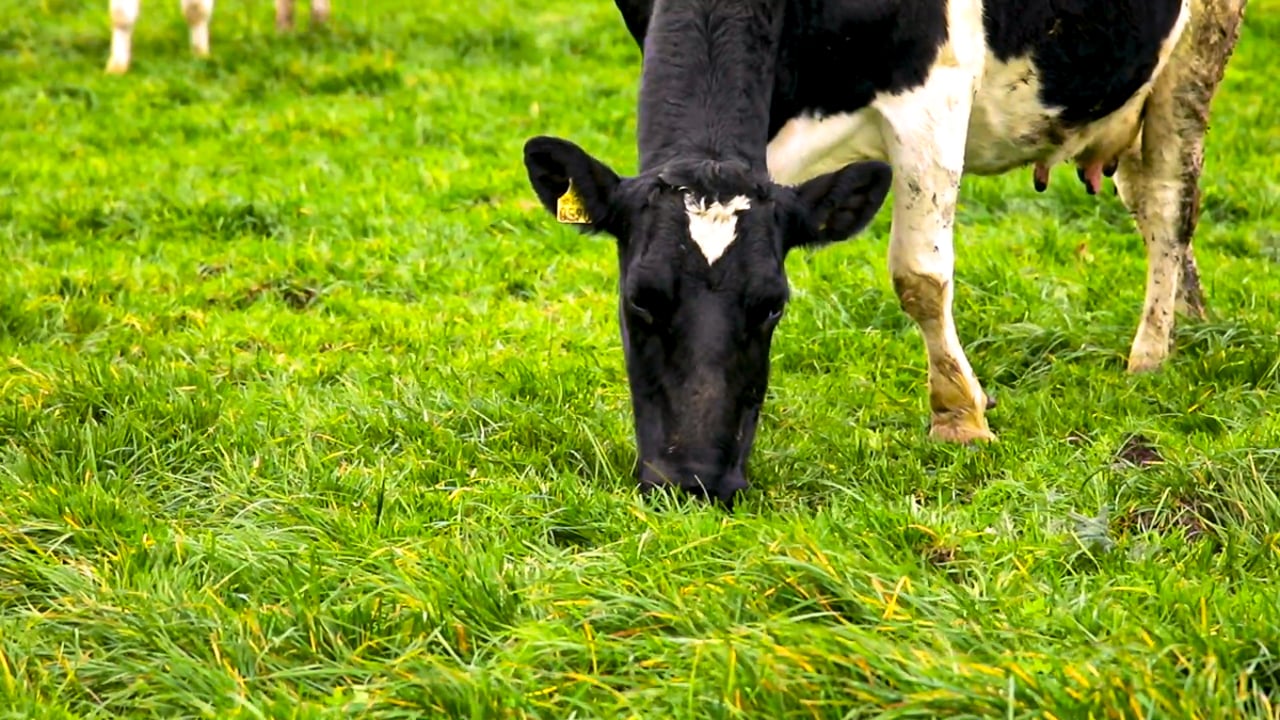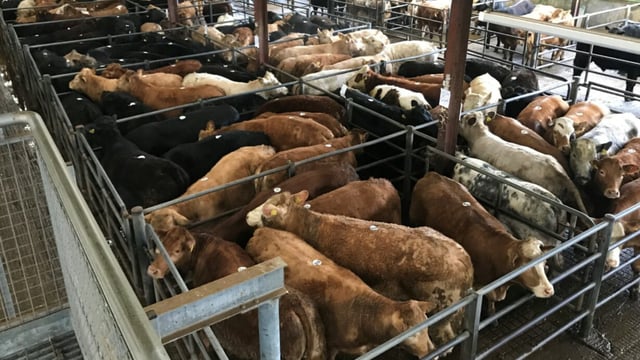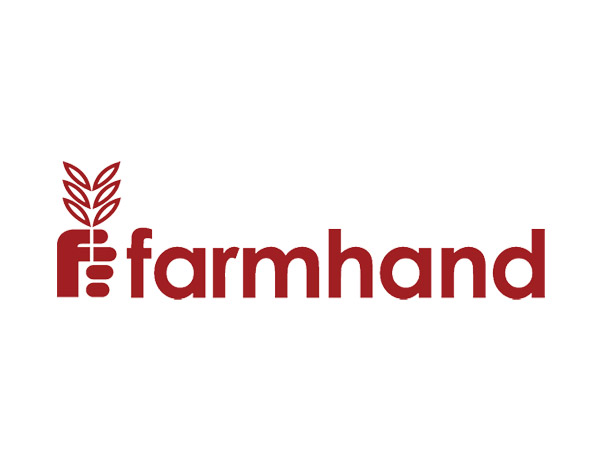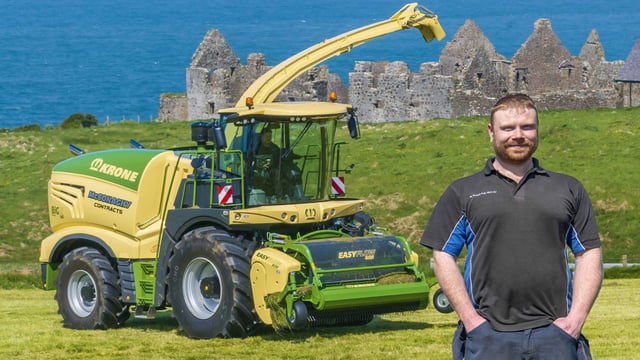Are pre-quota paddocks big enough for todays herd?
As we are well and truly into the last rotation of the grazing season, farmers should be evaluating the layout of their paddocks in relation to their herd size.
In the 2024 Teagasc National farm survey, the size of an average dairy herd was said to have risen to 99 cows, a significant increase from the average of 64 cows pre-quota in 2013.
Since then, a lot of farmers have invested heavily in infrastructure such as parlours and housing, as well as in areas required by regulations such as slurry storage.
Many farms have also invested in grazing infrastructure in terms of roads and water supply, however a lot of these farms are still sending the enlarged herd to the same paddocks that were there in 2013.
So is it time to be asking yourself, are these paddocks actually big enough for today's herd?
Adequate paddock size
Many paddocks were laid out well before the abolishment of qoutas back in 2015, and can no longer facilitate the larger herd.
Previous Teagasc studies have shown that increasing the frequency of grass allocation from every 36 hours to every 12 hours resulted in a 0.12kg/day reduction in milk solids for cows in their first lactation.
This is said to be because of the increased competition for high quality grass during 12-hour allocations.
Dominant cows often bully the younger and less dominant animals off of the best grass, leaving them to graze in the lower quality areas.
By boosting grass allocations to 36 hours, these studies have shown cows are less competitive and graze grass in a uniform pattern, allowing all in the herd to have access to quality grass.
Expansion
Farmers should ideally be expanding paddocks to accommodate the herd for 36 hours by removing permanent fences.
However, remember that careful planning must be considered prior to expansion.
For example, it is important to find the correct balance, remembering that regrowth can begin within six to seven hours after a paddock is grazed out.
Therefore if you extend a paddock too much, and cows are left in there for too long, grass growth may be affected.
You must also consider spring and autumn grazing when expanding, remembering that it is preferable to allocate cows grass on a 12-hour basis during this time.
However, this can be done through methods such as strip grazing rather than having half of the platform bundled into small paddocks.
Another important note when planning expanding is that fields separated by hedges may not be eligible, as hedgerow removal is typically only permitted in exceptional cases and under certain conditions.
Optimum paddock size
In the summer months, farmers should be allowing for three grazings at an average allocation of 17kg dry matter per cow.
Therefore, over 36 hours, a cow should have access to 26kg of dry matter in the paddock.
Using the the ideal pre grazing cover of 1,400, the paddock size can be calculated.
For example, 99 cows x 26kg per cow = 2,574kg.
Then take the 2,574kg and divide it by the ideal pre cover of 1,400 (2,574/1,400), which will give you the optimum paddock size, in this scenario the optimal size should be 1.84ha (4.5 acres).
When expanding, it is also important to take the shape of the paddock into consideration.
Square paddocks are ideally preferred as they encourage the herd to graze together as a mob.
In contrast, long and narrow paddocks can damage regrowth when cows are heading back for milking.
Not every farm will be able to expand their paddocks to the optimum size for the herd if required, whether it be due to hedge restrictions, road layouts, drainage, or boundaries.
However, farms that are in the position to expand should consider doing so.





